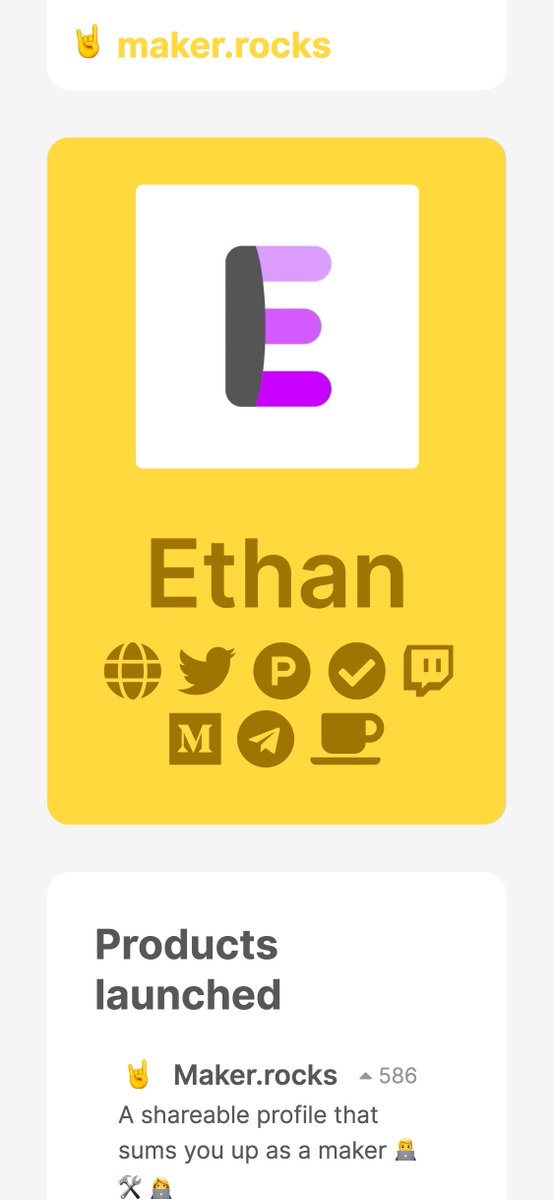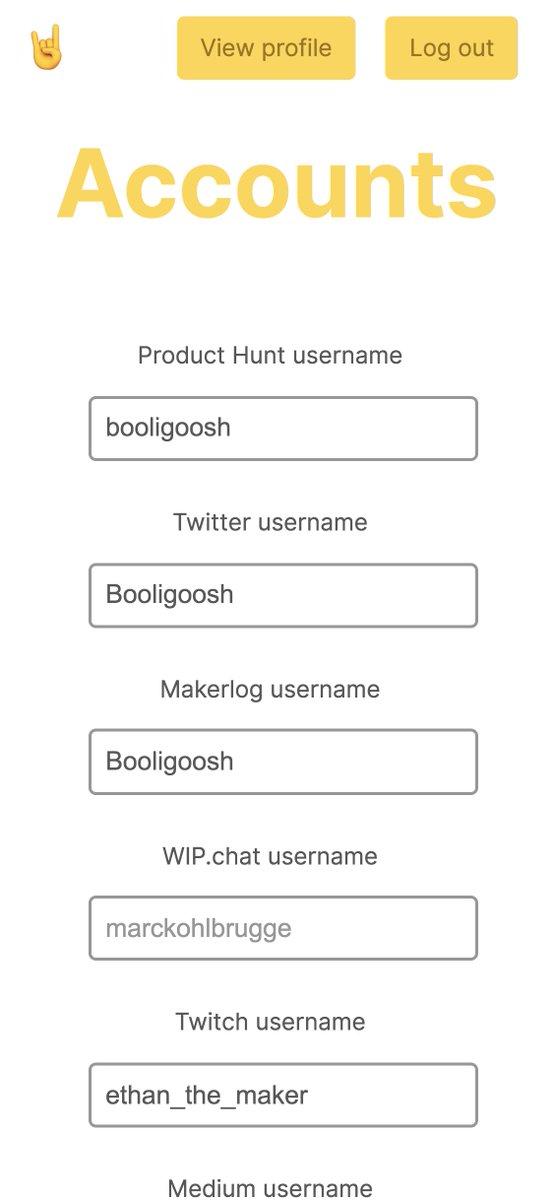> Machine learning is the process of making a program which allows a computer to learn from data.
The data could be anything, images, audio or even text.




Here's what your first 30 days of Machine Learning should look like.
— Pratham Prasoon (@PrasoonPratham) November 22, 2020
(I wish I had this before)
\U0001f9f5\U0001f447 pic.twitter.com/7LsR7VsKB8
If all you know is "Hello world" in Python \U0001f40d , here are the programming concepts you need to know to level-up your skills for machine learning.
— Pratham Prasoon (@PrasoonPratham) November 25, 2020
(and resources that will help you)
\U0001f9f5\U0001f447 pic.twitter.com/xaO6PlE0Rc
Well, you don't even need a PC for getting started with machine learning.
— Pratham Prasoon (@PrasoonPratham) November 26, 2020
With the help of google colab, I am able to train a neural net using a cloud GPU on this phone for free.
What excuse do you have now? pic.twitter.com/RWHSXtnRSy
Are you planning to learn Python for machine learning this year?
— Pratham (@PrasoonPratham) February 13, 2021
Here's everything you need to get started.
\U0001f9f5\U0001f447
Are you planning to learn Python for machine learning this year?
— Pratham Prasoon (@PrasoonPratham) February 13, 2021
Here's everything you need to get started.
\U0001f9f5\U0001f447



